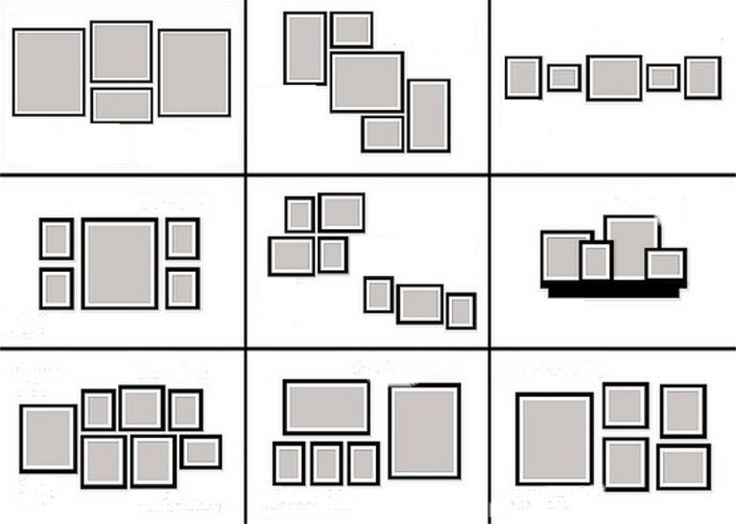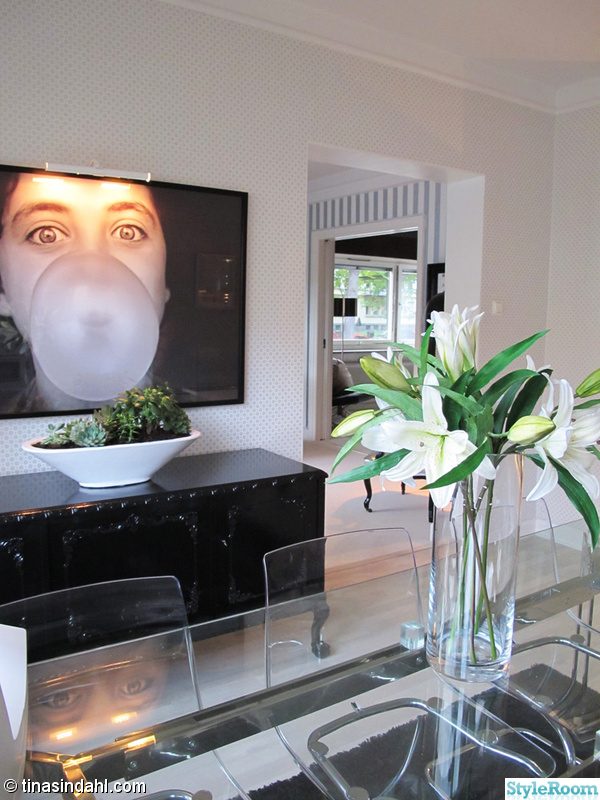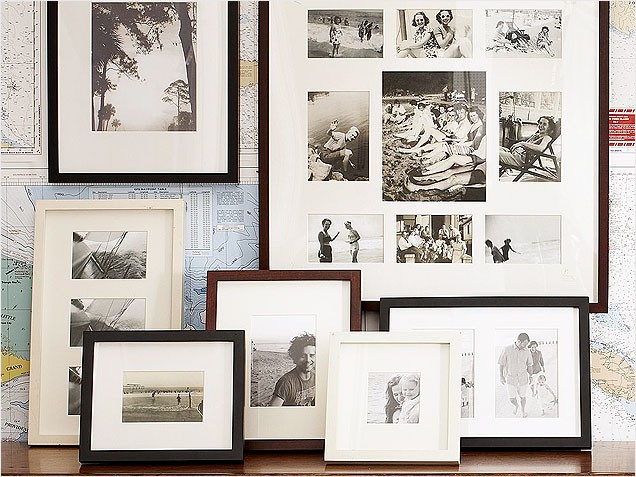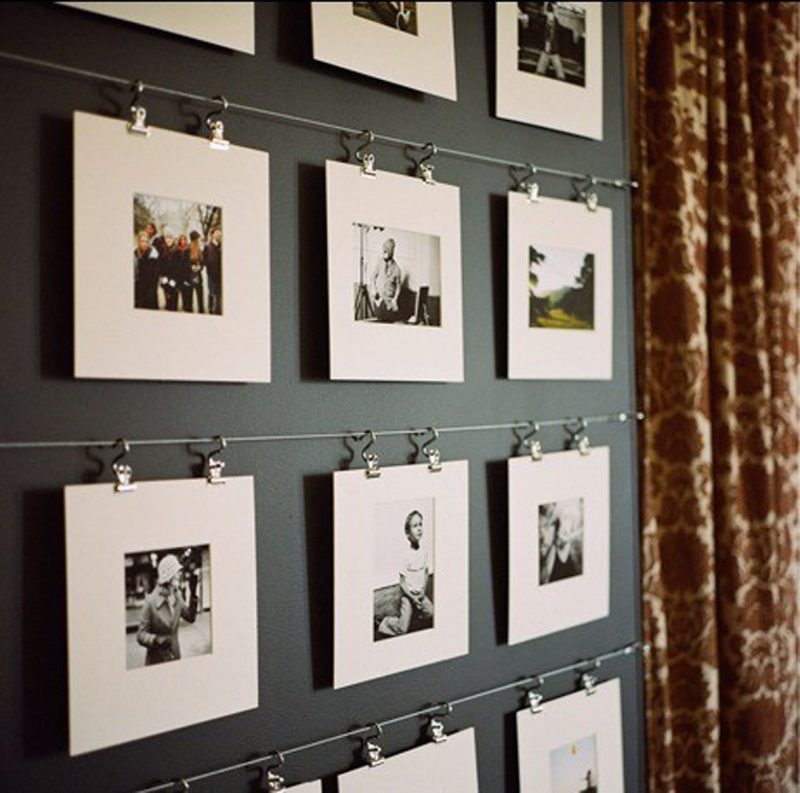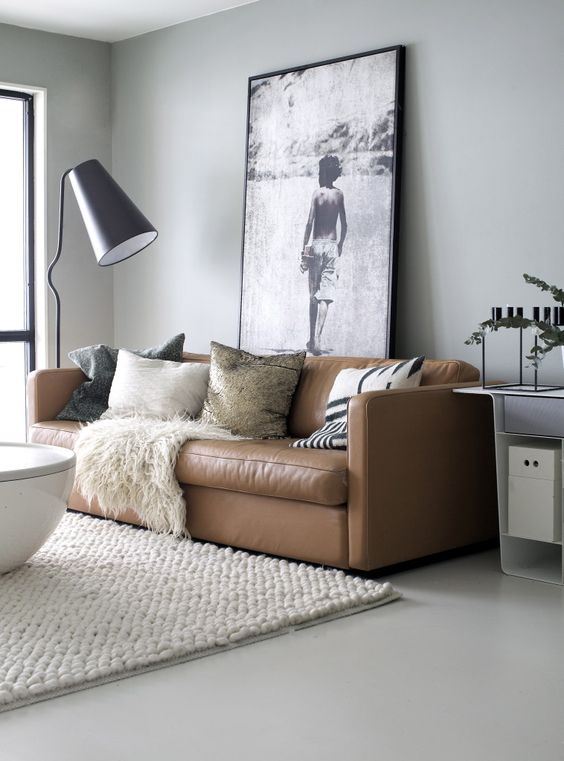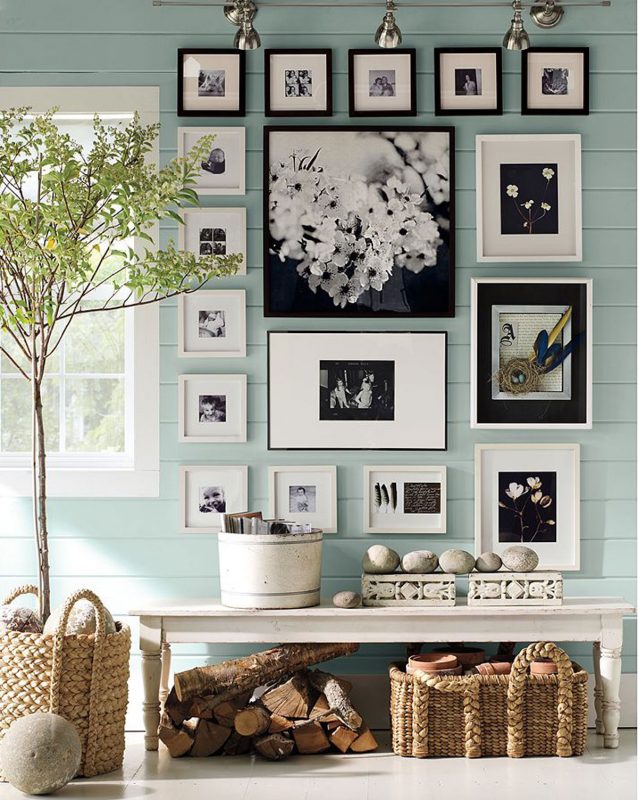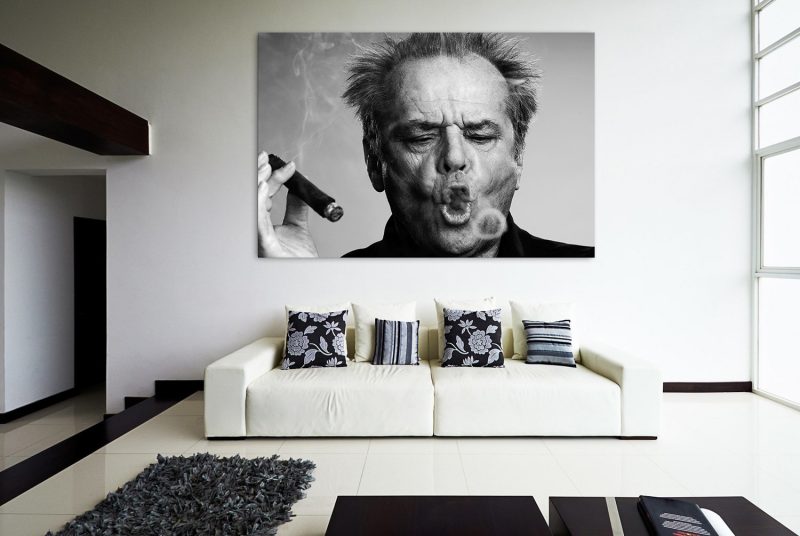I met Viola Winokan at one of the events of the Amsterdam Art Club. Viola is an Amsterdam gallerist, who is specializing in the promotion and curation of photography and painting. I could not miss the opportunity to ask a well-recognized expert some questions on photography in interior. Despite her busy schedule, Viola willingly responded to my questions.

Ksenia: Viola, to begin with, could you please share a few words about yourself and about your professional experience.
Viola: My profession is a gallerist, and since almost 30 years I am working in galleries and as art-dealer. I graduated end of 1980’s from a course at Raab Gallery Berlin, and by that time I was the second educated gallerist in Germany, as this profession hasn’t been taught officially. Anyone who opened a gallery could call himself a gallerist, which remains the same nowadays, however, the profile and profession of a gallerist have quite specific criteria. As a gallerist and art-dealer I worked in Berlin, Moscow, Luxembourg, Los Angeles and Venice/Italy, and for the last ten years in Amsterdam.
Ksenia: What photographers do you work with? How do you choose photos for galleries?
Viola: Same as a collector, the gallerist chooses her artists according to her own taste. A gallerist exhibits art which she likes, which she collects or would buy himself. All galleries want to discover a new talent and be the first who shows a “genius artist”. This is the first criteria, the second is price of the photographer’s works. Does the price meet the level of budget of the gallery’s clients? Sometimes the gallerist would like to work with an artist, who has already a contract with another gallery, and in such case the permission of the first gallery is required to make a show for this artist.
Ksenia: Do you have a favorite photographer?
Viola: Helmut Newton, Robert Mapplethorpe, Todd Hido, Araki to name a few.
Ksenia: You can give advice to my readers, what photos are better suited for interior decoration? Should it be a professional photo, or pictures from the family album are also good?
Viola: It is interesting to mix various genres to decorate an interior: professional photographs, art works, original photographs from the family album – they all can be placed in one room, for example, if they are matching in tone or color. Especially if there are older photographs from the family, perhaps black & white prints from the 1960’s or earlier, from a grandmother or even from grand-grand parents. For the interior it is essential to frame the works with taste and good quality. The way of framing is important to the interior and is defining its style. A low-quality or wrong framing can spoil the look of a beautiful piece of art, whereas a stylish frame of solid quality can level up the look of the entire interior.
Ksenia: Tell me, what principles do you follow, when hanging photos? Are there any rules for small spaces?
Viola: It is important to find the proper height. Small (ca. 30 x 40 cm and smaller) and medium (ca. 60 x 50 cm) pictures or photographs should be hanging at eye level, if they are hanging separately and not in a group of several works. Large works (100 x 120 cm and larger) should be hanging in the right proportion from the ceiling and ground, however, the middle or the first third of a large work should be at eye level. We get the right feeling for the right height of a hanging art work by experience. I am always hanging art works over and over again, putting them up the wall, stepping back to have a look, taking them down again and try another height until the work finds its ideal spot.
Ksenia: Please comment on the ideas how to decorate rooms with photos, which I found online. For what kind of room each way is more suitable?
Viola: Image 1. Various possibilities for hanging prints from the family album, city scares, landscapes, pictures from traveling: this could be a good way to hang works in an office room, in the corridor, dining or living room, in the hall.
Image 2. An artwork, which has been acquired from an artist’s studio or in a gallery, perhaps a valuable piece or a favourite painting or photograph, should be hanging on the largest wall in the house or the most visible spot, presented to guests, and where you pass by at your home most often. In such case a good framing is important, and the right light to turn attention to such an aesthetic part of the interior.
Image 3. This could be a hanging for photos which we receive as gifts, pictures from family albums, portraits of beloved ones. They look great in office rooms, kids’ rooms, around mirrors, near the wardrobe or in the bedroom or ‘powder-room’. If the photographs have the same colour tone or are black & white, the framing can be more colourful and match the furniture or create a contrast in the interior. If these are colour photographs, the framing should be kept in one tone or same colour.
Image 4. Matted photographs hanging with clips on strings is an unusual way of decorating. However, the photographs are unprotected without glass, and don’t look as ‘serious works’. This is a nice way to decorate a child’s room and give an interior a light and younger look, as it is an original and decorative way. But serious collectors wouldn’t hang their works like this.
Image 5. It is quite stylish to place a framed art work just on the floor and lean it against the wall, especially if it is an XL size and almost reaching the ceiling or if it has a heavy frame.
This looks great at your largest wall at home, or in a hallway, where you have the view from the longest possible perspective.
Image 6. In such case, the most representative wall in the house is filled with artworks from the center up to the ceiling; the lower part of the wall up to the centre is filled with furniture. Good quality framing is essential here, and you need a series of works at hand, because you need to fill the entire wall with works in certain distances apart from each other. With this hanging system you can’t add works piece by piece each year. Furthermore several spotlights are necessary to highlight single works and create a ‘lounge’ atmosphere.
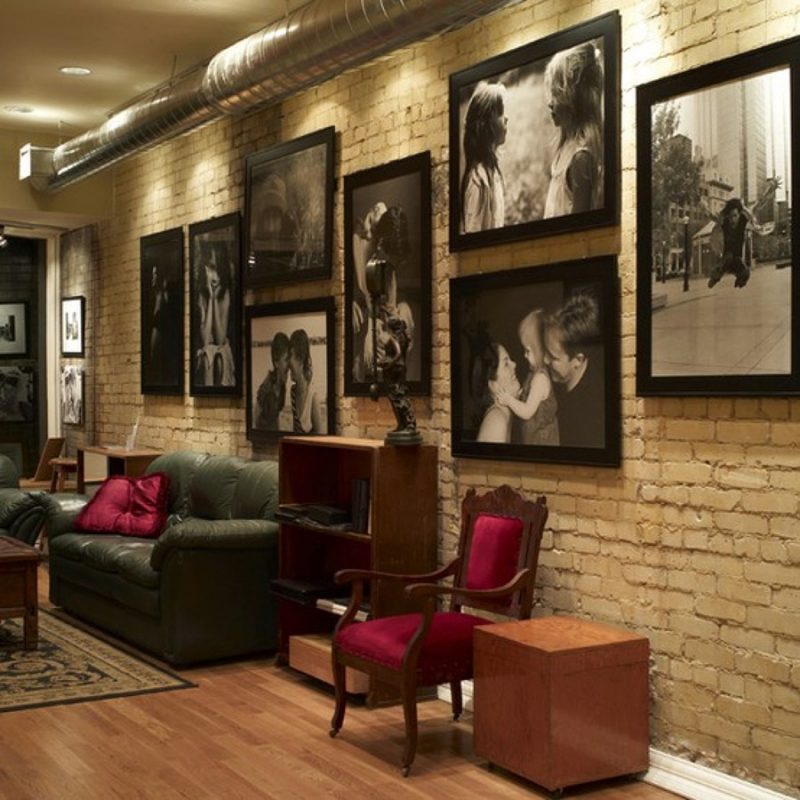
Image 7. Decorative photographs, personal pictures and images we received as a gift can be framed in one style and sorted by their sizes. Systematically they can fill an entire wall up to the ceiling. The most important here is the system of hanging same sizes in groups and placing these groups next to each other. What kind of photograph or art work it is, is hereby less important. Important is that the framings are adding a rhythm to the interior and the room becomes attractive thanks to affordable, but in terms of colour and style very accurately chosen frames and pictures.
Image 8. Placing a single large size photograph unframed in the centre of the room on the largest wall creates a modern look in the style of an ‘artist’s studio’. Again, an original art work, a real signed piece of art should not be mounted to the wall this in this way, and a collector wouldn’t do this. However, it is quite impressive as an interior decoration.
Only a real art lover would understand at a first glance, that the sofa in such case is more valuable than the art on the wall, and the taste of the host is more into decoration than collecting art.
Ksenia: You live in Amsterdam, can you share with us your favorite places or buildings in the city?
Viola: Hotel Andaz, designed by Marcel Wanders. Movie-theater Tuschinski – the building and its interior is in the style of Art Deco / Jugendstil. The former theatre museum on Herengracht, and most of the buildings along the canal belt in the centre of Amsterdam are keeping their interiors intact behind the facades of the architecture from the 16th century, amongst which is Museum van Loon.
Amsterdam is the city of interior design and architecture. Interior design shops like Droog Design and Frozen Fountain are like museums where you can learn about design and purchase objects of design and furniture to take home. The centre of Amsterdam seems to me like an architectural park or open air museum. Luckily, the city survived the world war entirely.
Photography:
pinterest.com

